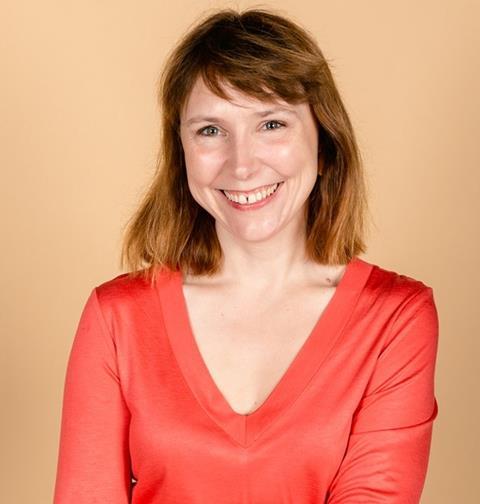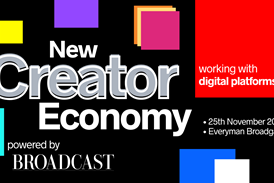Mairi Brewis says groups such as Fremantle and Banijay, alongside publishers, are reshaping production landscape

Production companies going direct-to-consumer on social media and the influx of creators from news and sports clubs are reshaping the content landscape, according to YouTube’s Mairi Brewis.
Brewis, head of media & responsibility partnerships for the Google-owned platform in the UK and Ireland, told Broadcast’s New Creator Economy event this morning that “a merging of definitions” is underway in the production sector.
“We’re at an interesting moment right now because you have production companies moving into broadcast, owning that direct relationship with the viewer and shaping what that audience looks like,” she said.

Brewis said companies such as Fremantle and Banijay are enabling groups to go DTC with their viewers, pointing to the latter’s recent deal in France to develop talent in-house.
“We also have the creator landscape coming together with TV and that’s happening in other sectors as well,” she continued, highlighting how magazine publishers – as well as news and sport outlets – are redefining “what it means to be a production company.”
Brewis cited UK YouTube giants The Sidemen, with the group creating Inside for the platform before moving the second season to Netflix.
The YouTube exec also touched on high-performing genres, with video podcasts and microdramas both growing. On the former, Brewis said YouTube had seen “a huge surge” in uptake, driven by shifting viewing habits.
“What’s interesting is that it’s not just that people want to watch [video pods] full stop – they like toggling between the medium.
“So, they might start watching it on TV while cooking, then they’ll walk the dog with just the audio, and then they’ll come back and return to watching it.”
The key, she continued, was not “expensive sets” but “connecting and engaging” with viewers.
Brewis added that microdramas, which have boomed in Asia and the US largely on dedicated vertical video platforms, are also increasing their reach.
“They’re definitely something we are seeing growing and emerging, it is more developed in Asia than Europe but it’s certainly something very interesting to explore.”
Brewis added that microdrama specifically represents a “different use case” to higher-cost dramas.
“It’s less likely you’ll be watching on Friday night gripped to your chair, you’ll more likely be making it fit into your life and watching it on the go. So, the user need is different and it is complementary to what else you’re watching.
“But there has always been a huge range on scripted. There’s been everything from premium Saturday night shows to daytime soaps, with huge differences in price point,” she added.





























No comments yet